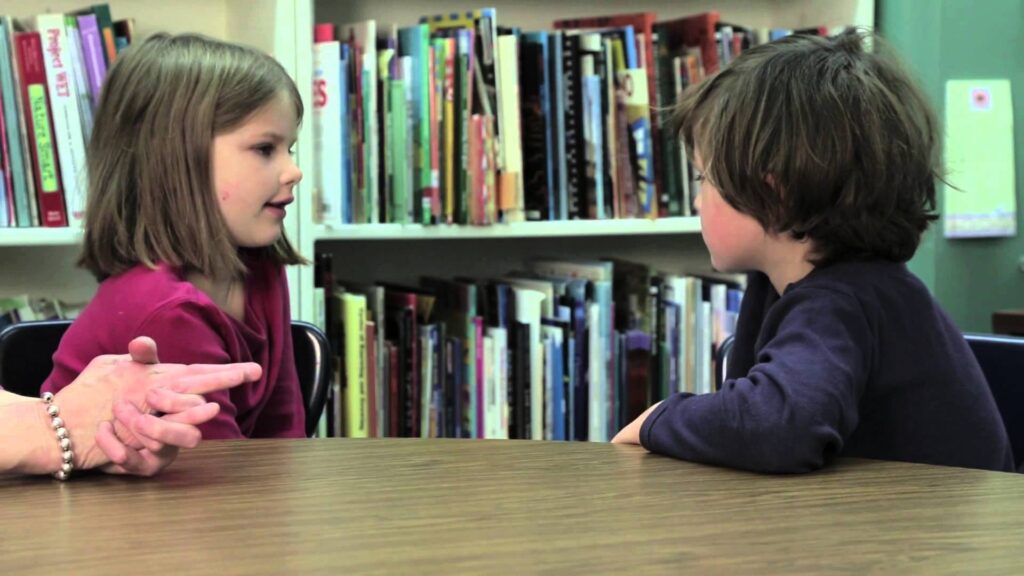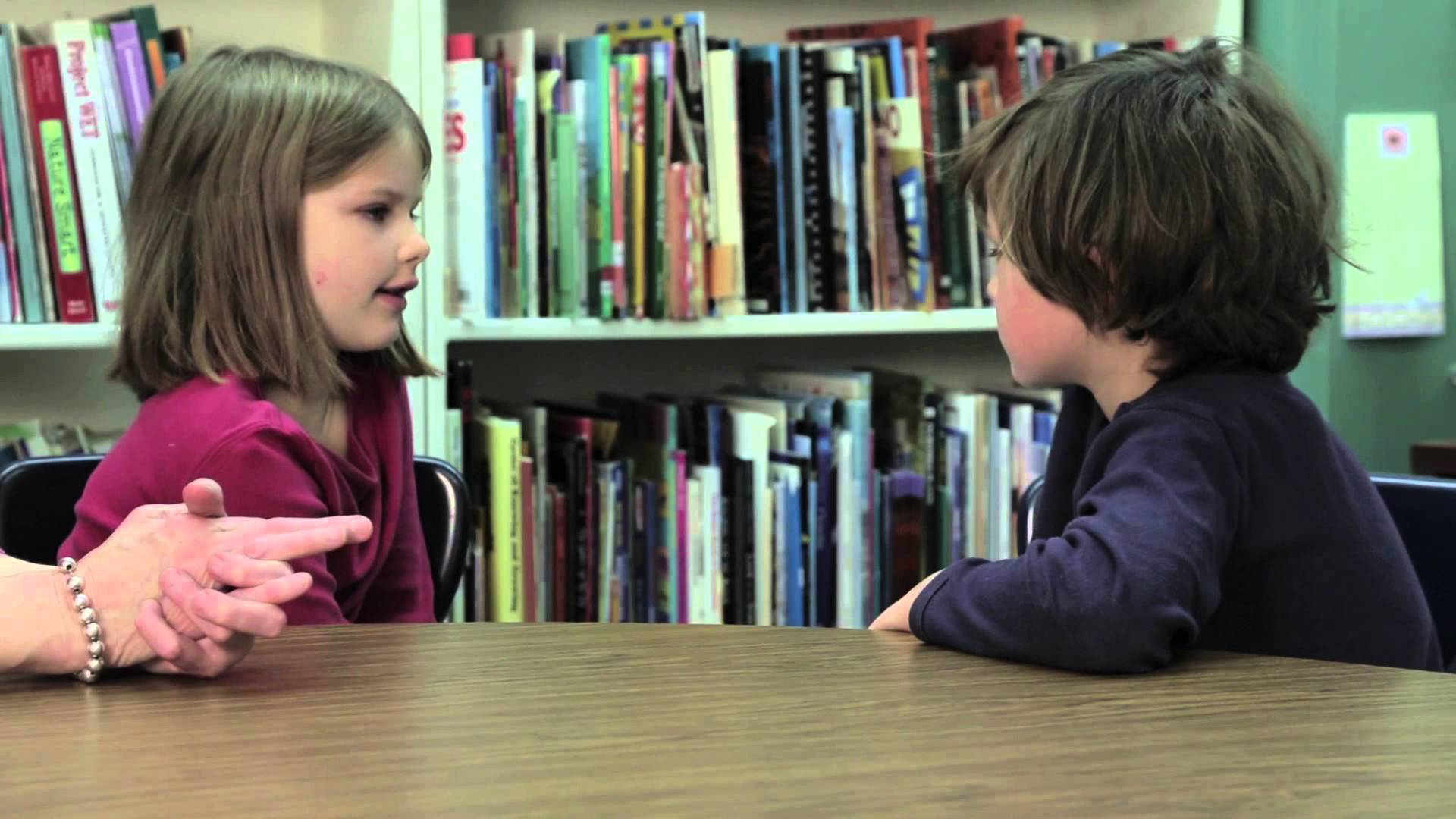
Unlocking the World of First Grade: Understanding the 1st Grader Age and Development
Entering first grade is a significant milestone in a child’s life. It marks a transition from early childhood education to a more structured academic environment. A crucial aspect of understanding first grade is knowing the typical 1st grader age. This knowledge helps parents, educators, and caregivers set appropriate expectations and provide tailored support for each child’s unique developmental journey.
This article delves into the specifics of the 1st grader age range, explores the key developmental milestones children typically achieve during this period, and offers practical tips for fostering a positive and successful first-grade experience. We will also address common concerns and provide insights into how to support children who may be developing at a different pace. Understanding the nuances of the 1st grader age is paramount to ensuring a smooth and enriching educational experience.
What is the Typical 1st Grader Age?
Generally, children enter first grade when they are around 6 years old. However, the precise 1st grader age can vary slightly depending on school district policies and individual birthdates. Most children will be 6 years old for the majority, if not all, of their first-grade year. Some children who turn 6 shortly after the school year begins might also be eligible, while others may be held back a year if they are deemed not quite ready. A child turning 7 during their first grade year is not uncommon, especially for those with late birthdays or those who may have repeated kindergarten.
It’s important to remember that age is just one factor to consider. Developmental readiness, which encompasses social, emotional, and cognitive skills, plays an equally vital role in a child’s success in first grade. A child’s 1st grader age is merely a guideline.
Key Developmental Milestones for First Graders
First grade is a year of significant growth and development across various domains. Understanding these milestones can help parents and educators identify areas where a child may need extra support. These milestones aren’t rigid; children develop at their own pace. However, knowing what to expect can provide a valuable framework.
Cognitive Development
Cognitively, first graders are beginning to grasp more abstract concepts. They are developing their problem-solving skills, learning to think more logically, and expanding their attention spans. Some key cognitive milestones include:
- Reading Comprehension: Understanding the meaning of what they read, answering simple questions about the text.
- Writing Skills: Writing simple sentences with correct grammar and punctuation.
- Mathematical Concepts: Understanding addition and subtraction, recognizing patterns, and solving basic word problems.
- Memory Skills: Improving their ability to remember information and follow multi-step instructions.
Social and Emotional Development
Social and emotional development is just as crucial as academic progress. First graders are learning to navigate social situations, manage their emotions, and develop empathy. Key milestones include:
- Social Skills: Cooperating with others, sharing, taking turns, and resolving conflicts peacefully.
- Emotional Regulation: Identifying and expressing their emotions in appropriate ways, managing frustration, and developing self-control.
- Empathy: Understanding and responding to the feelings of others.
- Independence: Becoming more independent in completing tasks and making decisions.
Physical Development
Physical development continues at a steady pace. First graders are refining their fine and gross motor skills. Important physical milestones include:
- Fine Motor Skills: Improving their handwriting, cutting skills, and ability to manipulate small objects.
- Gross Motor Skills: Developing their coordination, balance, and agility through activities like running, jumping, and throwing.
Supporting Your Child’s First Grade Journey
Parents and educators play a vital role in supporting a child’s transition to and success in first grade. Here are some practical tips to help your child thrive:
- Create a Supportive Home Environment: Provide a quiet and organized space for homework, encourage reading, and foster a love of learning.
- Communicate with the Teacher: Maintain open communication with your child’s teacher to stay informed about their progress and address any concerns promptly.
- Encourage Reading: Read aloud to your child regularly, even if they can read independently. This helps develop their vocabulary, comprehension, and love of reading.
- Practice Math Skills: Incorporate math into everyday activities, such as counting objects, measuring ingredients while cooking, and playing math games.
- Promote Social Skills: Encourage your child to participate in social activities, such as playdates and extracurricular activities, to develop their social skills and build friendships.
- Foster Independence: Encourage your child to take on age-appropriate responsibilities, such as packing their lunch, getting dressed independently, and completing simple chores.
- Address Concerns Promptly: If you have any concerns about your child’s development or progress, talk to their teacher or a healthcare professional. Early intervention can make a significant difference.
Addressing Common Concerns About 1st Grader Age and Readiness
It’s natural for parents to have concerns about their child’s readiness for first grade. Here are some common concerns and strategies for addressing them:
My child seems behind compared to their peers.
It’s important to remember that children develop at their own pace. If you’re concerned about your child’s progress, talk to their teacher or a healthcare professional. They can assess your child’s development and recommend appropriate interventions, if needed. Sometimes, a child’s 1st grader age doesn’t perfectly align with their developmental stage.
My child is struggling with reading.
Reading difficulties are common in first grade. Work with your child’s teacher to identify the specific areas where they are struggling and implement targeted interventions. Consider using strategies such as phonics instruction, guided reading, and reading aloud. [See also: Tips for Helping Your Child Learn to Read]
My child is having trouble with social skills.
Social skills can be challenging for some children. Encourage your child to participate in social activities and provide opportunities for them to practice their social skills. Role-playing and social stories can also be helpful. A child’s 1st grader age doesn’t always dictate their social maturity.
My child is anxious about starting first grade.
Anxiety about starting first grade is normal. Talk to your child about their fears and reassure them that they are capable and supported. Visit the school beforehand, if possible, to familiarize them with the environment. [See also: Overcoming Back-to-School Anxiety]
The Importance of Individualized Support
Ultimately, the key to a successful first-grade experience is providing individualized support that meets each child’s unique needs. Understanding the typical 1st grader age and developmental milestones is a valuable starting point, but it’s essential to consider each child’s individual strengths, weaknesses, and learning style. By working together, parents, educators, and caregivers can create a nurturing and stimulating environment that empowers every child to thrive. The ideal approach acknowledges that while the average 1st grader age is around six, developmental variances are to be expected and catered to.
Remember that the 1st grader age is just a number. The real focus should be on fostering a love of learning and supporting each child’s individual journey. With the right support and encouragement, every child can have a positive and successful first-grade experience. Understanding the developmental benchmarks associated with the 1st grader age allows for more effective and targeted educational strategies.
By understanding the typical 1st grader age and the developmental expectations, we can better prepare our children for success. This includes recognizing that the 1st grader age is a guideline, not a rigid rule, and focusing on individual needs. The reality is that the 1st grader age is simply an indicator, and many other factors contribute to a child’s success.
In conclusion, while the average 1st grader age provides a helpful benchmark, focusing on individual growth and development is paramount. Let’s ensure every child has the support they need to thrive, regardless of their specific 1st grader age or developmental trajectory. The critical takeaway is to remember that the 1st grader age serves as a general guide, and personalized attention is key.

